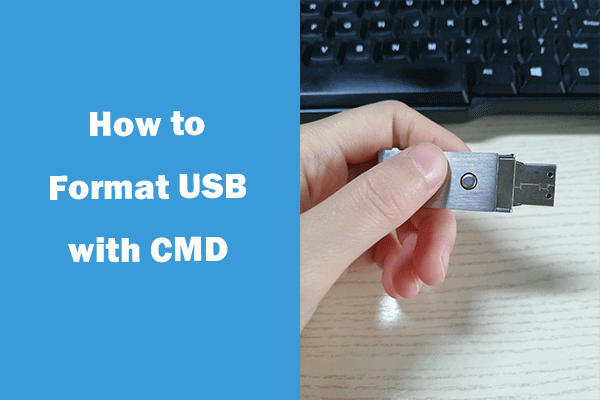

- #How to access memory stick from macbook command prompt how to
- #How to access memory stick from macbook command prompt mac os
- #How to access memory stick from macbook command prompt serial number
- #How to access memory stick from macbook command prompt full
- #How to access memory stick from macbook command prompt windows
In the Name field, type whatever you wish to call the memory stick.
#How to access memory stick from macbook command prompt mac os
In the dropdown menu alongside the Format heading, select Mac OS Extended (Journaled, Encrypted).
Click the Erase tab in the Disk Utility window. Select the entry, but make sure that you select the disk itself and not the partition(s), which will be listed below and indented slightly. It will probably be identified by its size. Look for the memory stick’s entry in the list of disks on the left side of the Disk Utility window. Start by opening Disk Utility ( Finder-> Applications-> Utilities-> Disk Utility) and then insert the USB memory stick you intend to use. #How to access memory stick from macbook command prompt full
Once you complete the steps, you will have a full overview of the memory specifications. Wmic memorychip get devicelocator, manufacturer, partnumber, serialnumber, capacity, speed, memorytype, formfactor (Optional) Type the following command to view only the specific details and press Enter:
Confirm the specs for each module installed on the device. Type the following command to view all the memory details and press Enter: Type Command Prompt, right-click the top result, and select the Run as administrator option. To view all the memory details, then use these steps: #How to access memory stick from macbook command prompt windows
However, you can also query all the memory specs with a single command on Windows 11. You can use the previous command to find specific information about the memory modules individually. Here's a list with the form factors that the command can detect: Otherwise, if the command output the number 12, the device uses SODIMM modules (commonly used on laptops). If the output is 8, the computer uses DIMM modules (usually available on desktops).
Confirm the memory form factor under the "FormFactor" column. Wmic memorychip get devicelocator, formfactor Type the following command to check the memory form factor and press Enter: To determine the memory sticks form factor (such as DIMM, SODIMM, etc.) on Windows 11, use these steps: Here's the list with the memory types that the command can detect: Confirm memory type under the "MemoryType" column. Wmic memorychip get devicelocator, memorytype Type the following command to check the memory type and press Enter: To determine memory type (such as DRAM, DDR4, RDRAM, etc.), use these steps: Confirm each of the memory module's speed under the "Speed" column. Type the following command to check the memory speed and press Enter: To find out the speed of the memory modules, use these steps: To convert the information to gigabytes, you must divide the number by 1,073,741,824 (1 gigabyte in bytes). Wmic computersystem get totalphysicalmemory Type the following command to determine the total amount of RAM installed on the computer and press Enter: To determine the total amount of RAM installed on a Windows 11 device, use these steps: Since the capacity is returned in bytes, you have to divide the number by 1,073,741,824 (1 gigabyte in bytes) to convert the information into gigabytes. Confirm the amount of RAM per module under the "Capacity" column. Wmic memorychip get devicelocator, capacity Type the following command to determine each module capacity and press Enter: To find out the amount of memory available in each stick, use these steps: On Windows 11, you can also use different commands to determine the total system capacity or capacity per module. Wmic memorychip get banklabel, serialnumber (Optional) Type the following command to find out the physical location of the stick on the motherboard and press Enter: #How to access memory stick from macbook command prompt serial number
Confirm the product serial number under the "SerialNumber" column. Wmic memorychip get devicelocator, serialnumber Type the following command to get the RAM stick's serial number and press Enter:  Confirm the product number under the "PartNumber" column.
Confirm the product number under the "PartNumber" column. 
Wmic memorychip get devicelocator, partnumber Type the following command to determine the memory part number and press Enter: To determine the part number for each of the memory modules, use these steps:
Confirm the memory manufacturer name under the "Manufacturer" column. Wmic memorychip get devicelocator, manufacturer Type the following command to determine the memory manufacturer name and press Enter: Search for Command Prompt, right-click the top result, and select the Run as administrator option. To find out the memory manufacturer, use these steps: Using Command Prompt, you can determine many details about the system memory installed on the computer, including manufacturer, part and serial number, capacity information, speed, type, form factor, and more.Īlthough you can use Command Prompt to query many different details about the system memory, some information may not be available depending on the hardware. #How to access memory stick from macbook command prompt how to
How to check RAM specs with Command Prompt on Windows 11







 0 kommentar(er)
0 kommentar(er)
